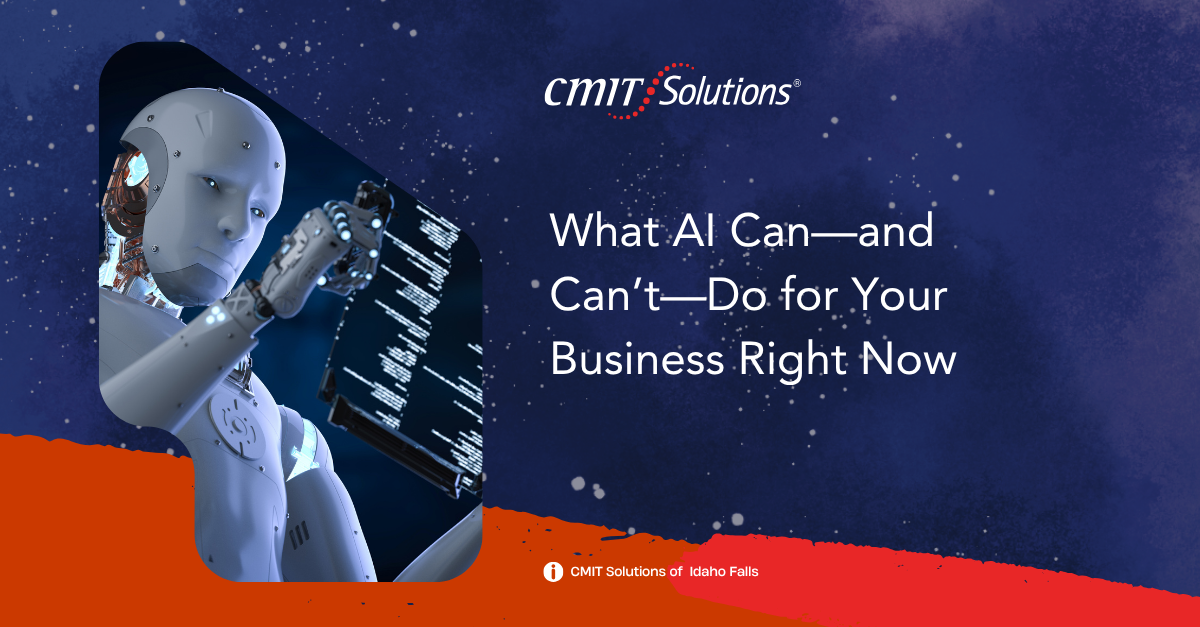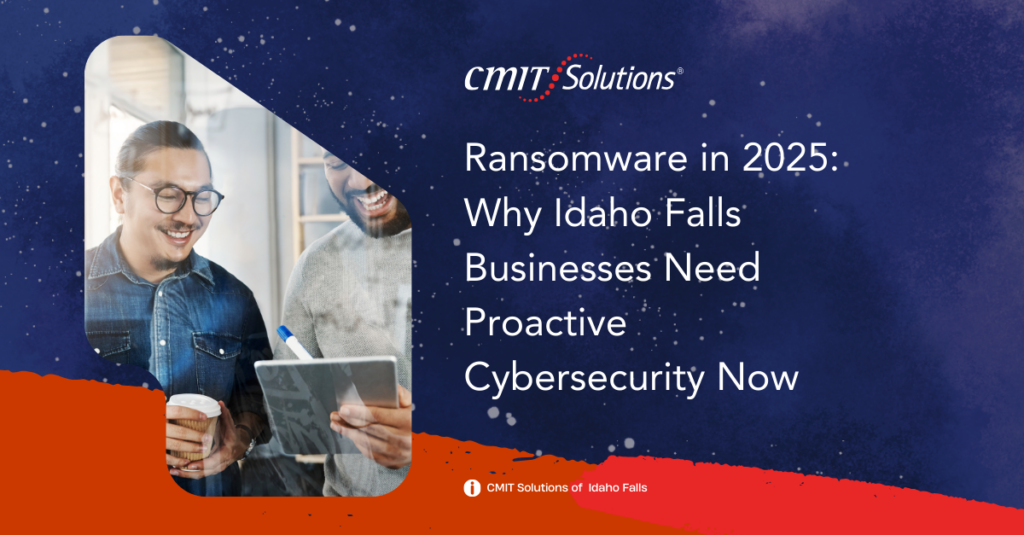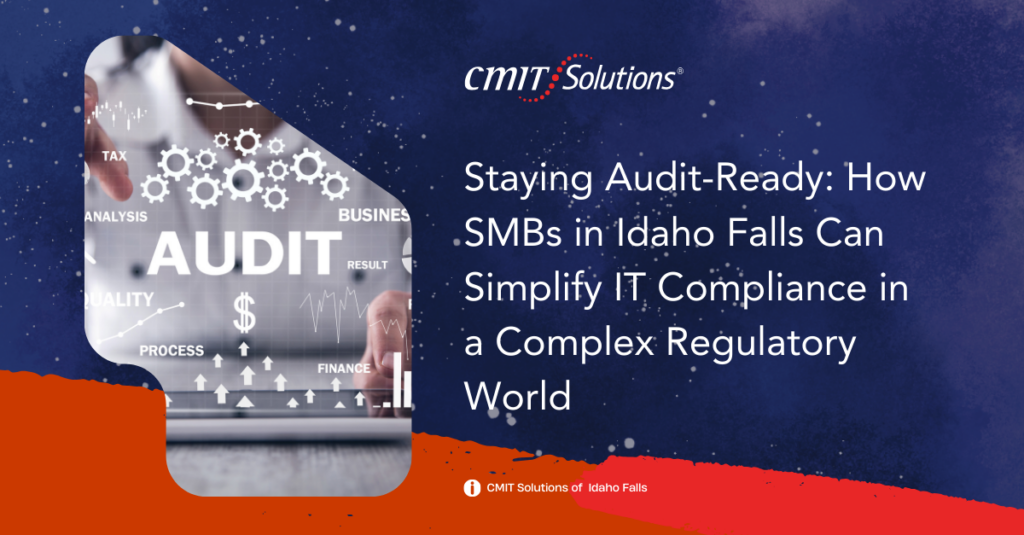Artificial Intelligence (AI) is reshaping modern business—but not always in the ways people expect. While it holds incredible promise, AI isn’t a silver bullet for every operational challenge. For SMBs, knowing what AI can do, where its current limitations lie, and how to strategically adopt it can make the difference between wasted resources and transformative results.
Below, we explore what AI is really capable of right now—and where human expertise still reigns.
What AI Can Do: Unlocking Productivity and Automation
Today’s AI is highly effective at streamlining tasks, analyzing large data sets, and automating repetitive workflows. Here are key business areas where AI is already making an impact:
- Customer service: Chatbots and virtual agents can handle FAQs, schedule appointments, and route inquiries.
- Email filtering and response suggestions: AI tools help prioritize inboxes and even suggest replies.
- Data analytics: AI sifts through massive volumes of data to highlight trends and inform decisions.
- Predictive maintenance: For industries using sensors and IoT devices, AI helps anticipate failures before they happen.
- Content creation: AI can draft emails, generate blog ideas, or produce reports—with human review.
In Idaho Falls, SMBs are already adopting AI-powered productivity tools to support hybrid work and streamline collaboration.
What AI Can’t Do: Understanding Nuance, Ethics, and Context
Despite its strengths, AI isn’t ready to replace human judgment. Its limitations include:
- Lack of context: AI struggles with sarcasm, humor, or subtlety in communication.
- Bias risks: AI learns from historical data—if that data contains bias, so will the AI.
- Security blind spots: AI doesn’t always recognize novel cyber threats or social engineering.
- Legal and regulatory compliance: AI can assist, but human oversight is required to ensure rules are followed.
- Human emotion and empathy: No algorithm can replicate authentic customer care or employee leadership.
That’s why cybersecurity, for example, still demands human vigilance. While AI supports detection and response, businesses must still invest in resilient backup systems and strategic IT guidance to ensure long-term success.
The Real Risk: Overestimating AI’s Capabilities
Overreliance on AI can actually create new risks. For instance, thinking AI can independently manage your company’s cybersecurity could lead to missed updates, overlooked vulnerabilities, or improperly configured cloud environments.
Recent cyber threats in Idaho Falls show that AI is only part of the solution—human intervention and proper planning remain critical. Cyber resilience still starts with proactive monitoring, timely backups, and layered defense strategies.
Where AI Delivers Maximum ROI Right Now
SMBs that gain the most from AI are using it to augment—not replace—people. Here’s where it excels:
- In finance: AI forecasts cash flow and detects anomalies in spending.
- In marketing: Tools like AI-powered SEO and customer segmentation drive engagement.
- In HR: Resume screening and scheduling tools accelerate hiring processes.
- In IT support: Automated helpdesk solutions handle simple tickets and escalate complex ones.
When paired with custom IT packages tailored to your business, these tools drive real value without overspending. Many Idaho Falls companies are maximizing return through smart IT procurement that includes AI capabilities where it counts.
AI and Cybersecurity: Partnering, Not Replacing
AI is improving how businesses monitor threats—but it’s not foolproof. Automated scanning tools, threat intelligence feeds, and anomaly detection help flag potential issues. However, ransomware continues to evolve, and AI tools often fall behind sophisticated attack patterns.
That’s why companies should combine AI-powered detection with AI-enhanced backup and disaster recovery systems, supported by human oversight. AI-enhanced recovery helps speed up response, but human planning ensures continuity and compliance.
How to Adopt AI Safely and Strategically
To make the most of AI without falling into its traps:
- Start with a business goal: Use AI to solve a specific pain point.
- Focus on low-risk use cases: Like document drafting, task scheduling, or log monitoring.
- Maintain human review: For compliance, security, and communications.
- Protect your data: Make sure your AI tools are securely configured and regularly updated.
- Train your team: Employees should understand what AI can (and can’t) do to avoid blind spots.
If your company operates in a hybrid or cloud-based environment, securing remote access is a critical first step before introducing AI tools.
Conclusion: The Smart Way to Embrace AI in Business
AI isn’t magic—it’s a tool. Used wisely, it can automate tasks, uncover insights, and boost efficiency. Used carelessly, it can open your business to risk.
By understanding what AI can—and can’t—do, SMBs in Idaho Falls and beyond can make smarter decisions, integrate AI with cloud-first strategies, and build secure, scalable growth.
Want help evaluating the best AI tools for your business? Let’s talk about custom IT support options that fit your goals.






